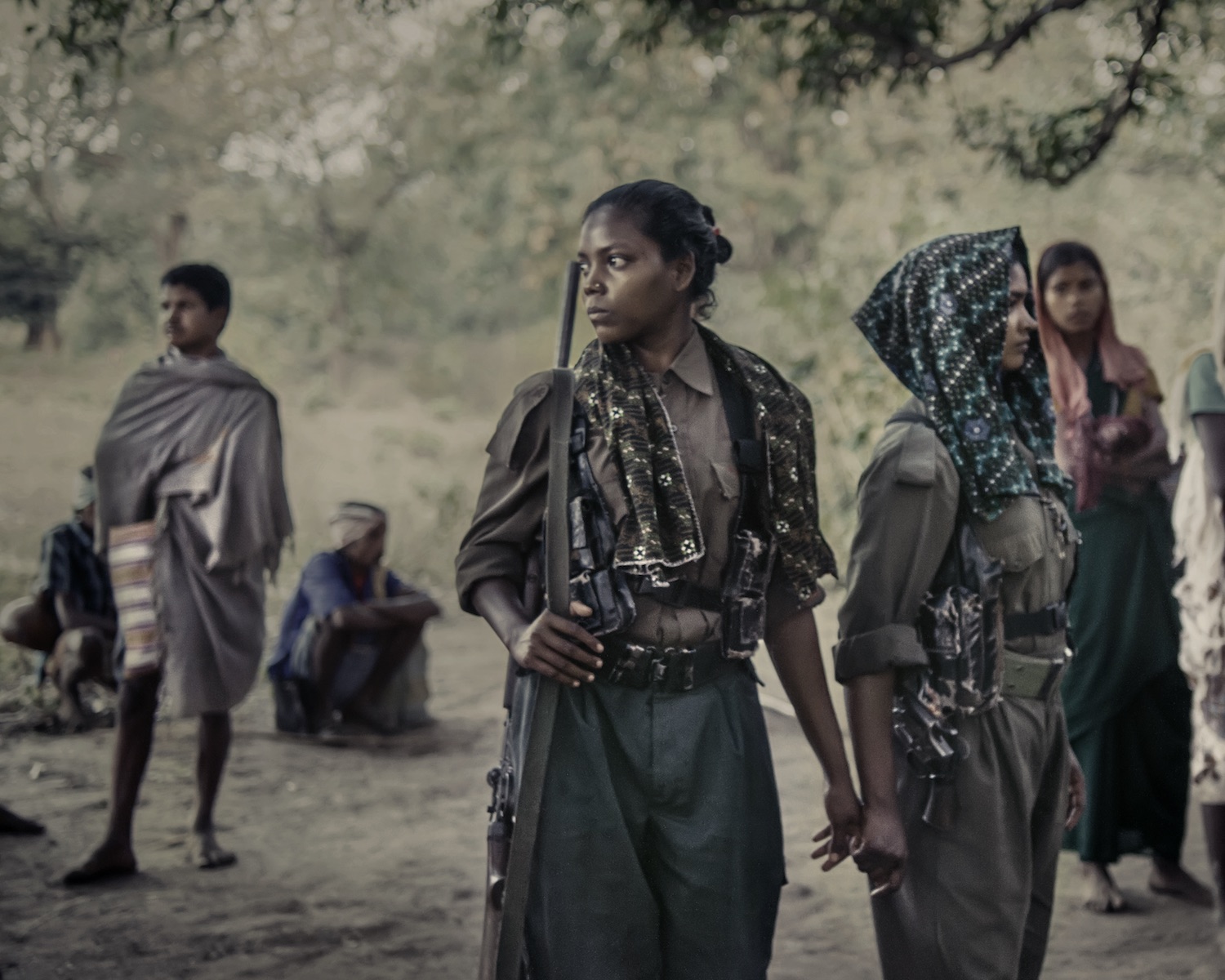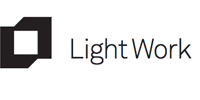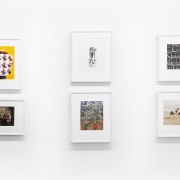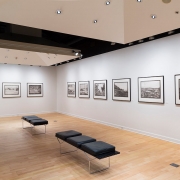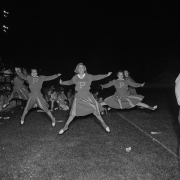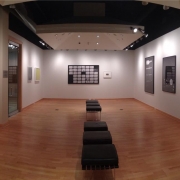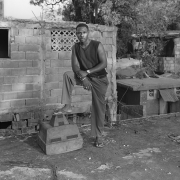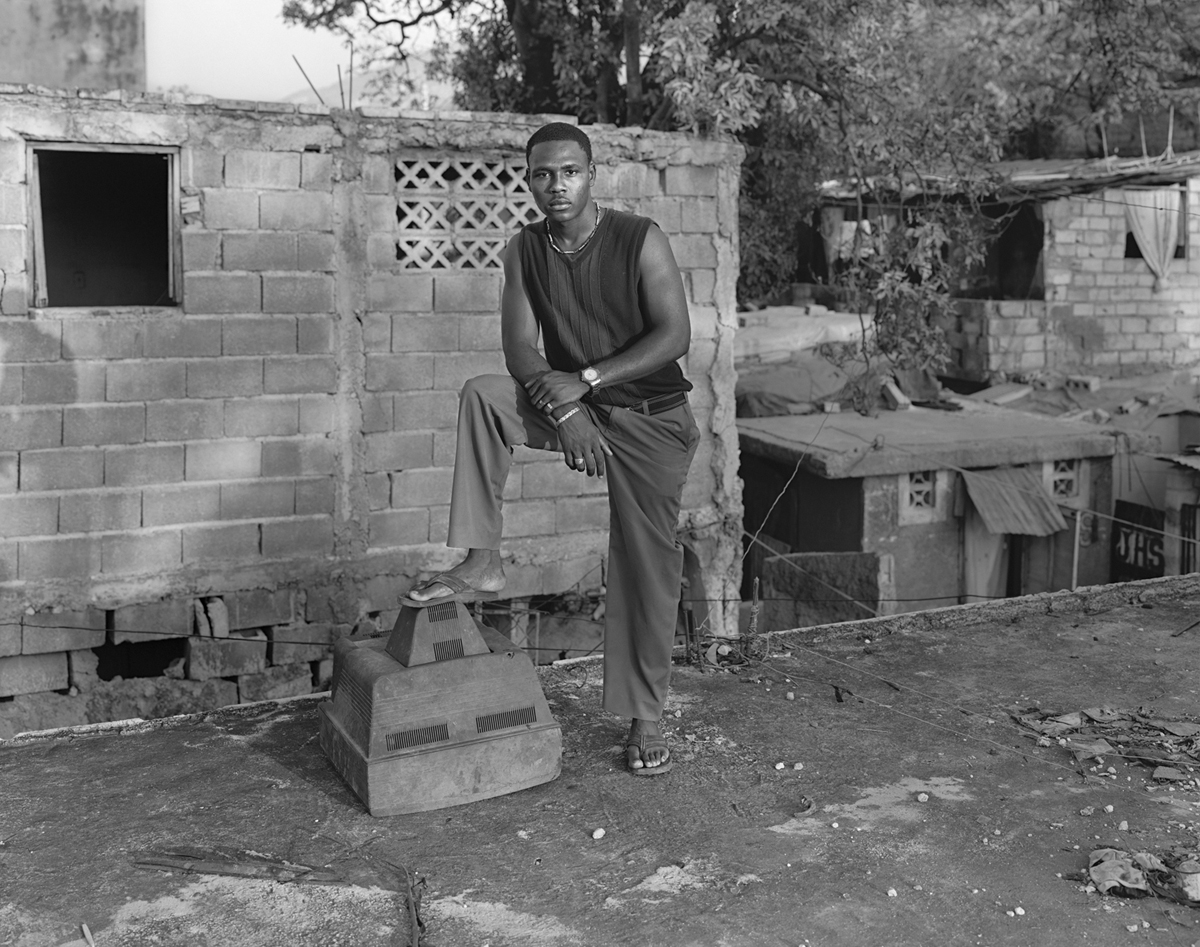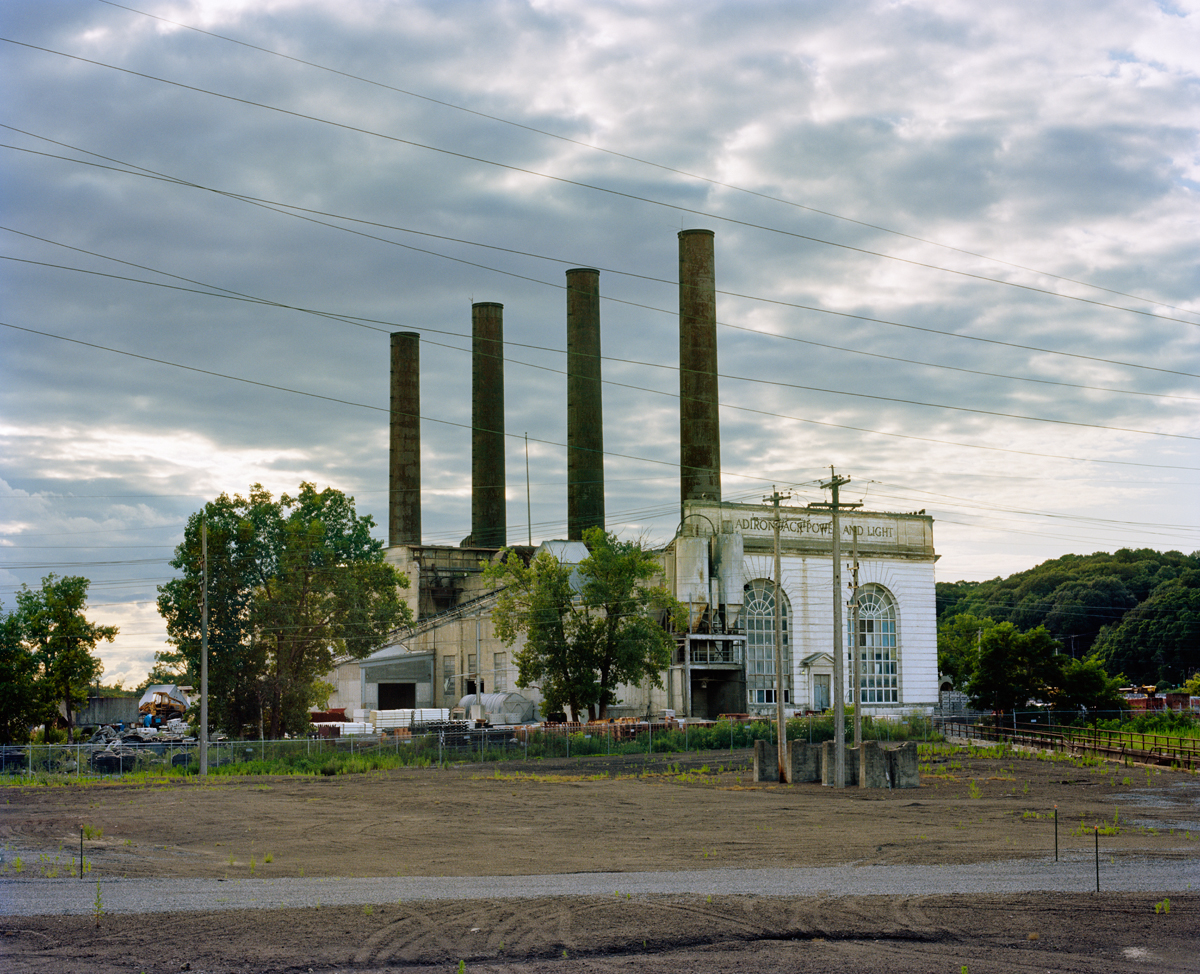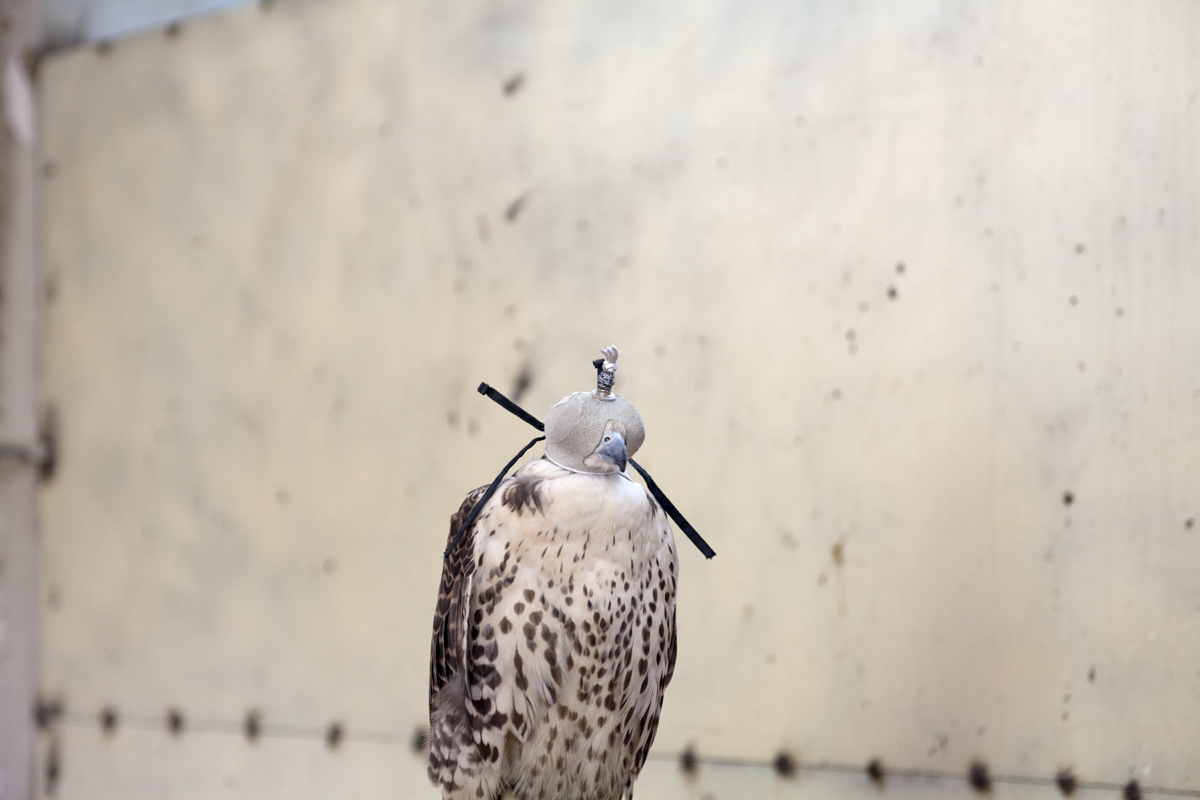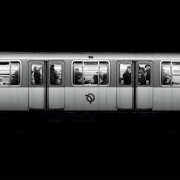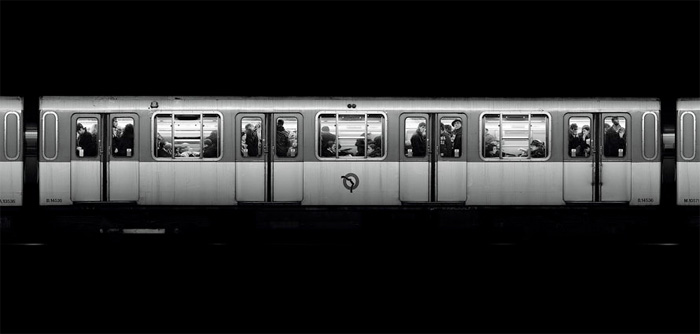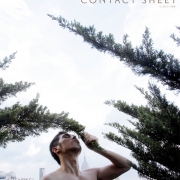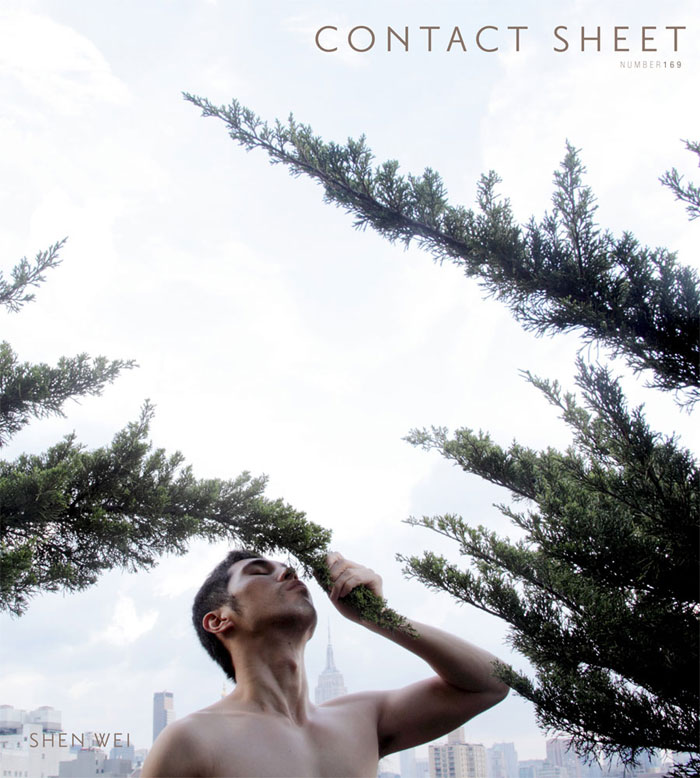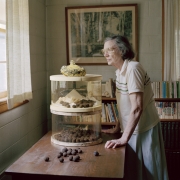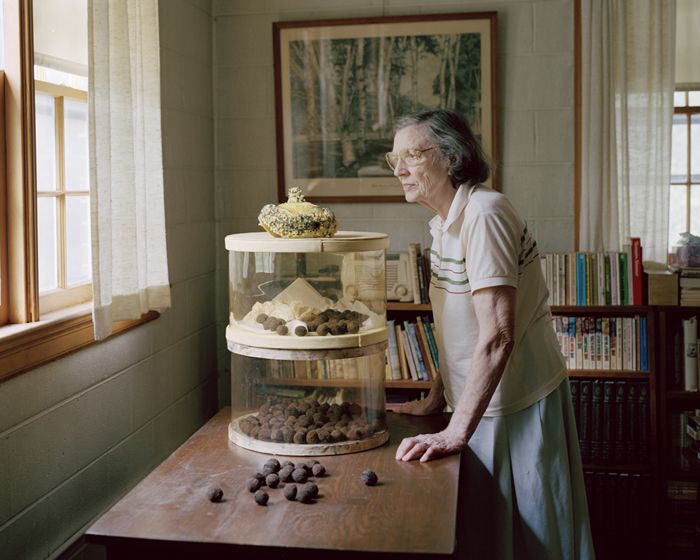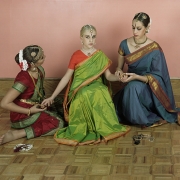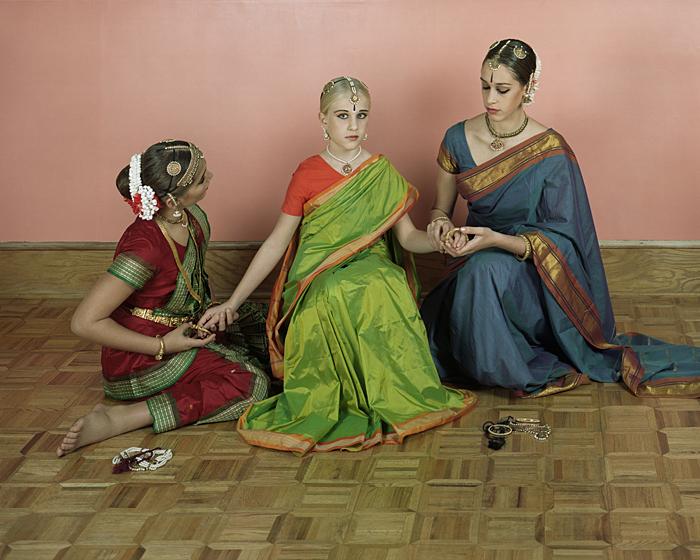Justyna Badach, refugee, Philadelphia-based artist and museum professional, has brought her work to Syracuse. Badach’s Land of Epic Battles solo exhibition, on display now at Light Work, explores the hyper-masculine world of Islamic State group recruitment videos and exposes the futility of war.
Being able to create art about violence and masculinity is important to Badach, both as a woman and as an immigrant. Land of Epic Battles is a series of large, handmade dichromate prints composed using film stills from IS training videos. The Daily Orange talked with Badach about her work before her February 1 opening reception. The exhibition is on view through March 2, in the Kathleen O. Ellis Gallery.
Jony Sampah: Can you please tell me what you’re working on?
JB: Well, I’m still working on the Land of Epic Battles series. There are a couple images in that series that I’m working on printing. And then, there’s a couple of offshoots of that body of work that I’m developing currently.
JS: How would you characterize your art? What is the mission of your art?
JB: Well, I have a research-based practice that involves looking at masculine tropes and how they’re communicated through popular culture. So, this is sort of the foundation of my work, and also I am looking at how I, as a woman artist, fit into the long history of masculine tropes within art.
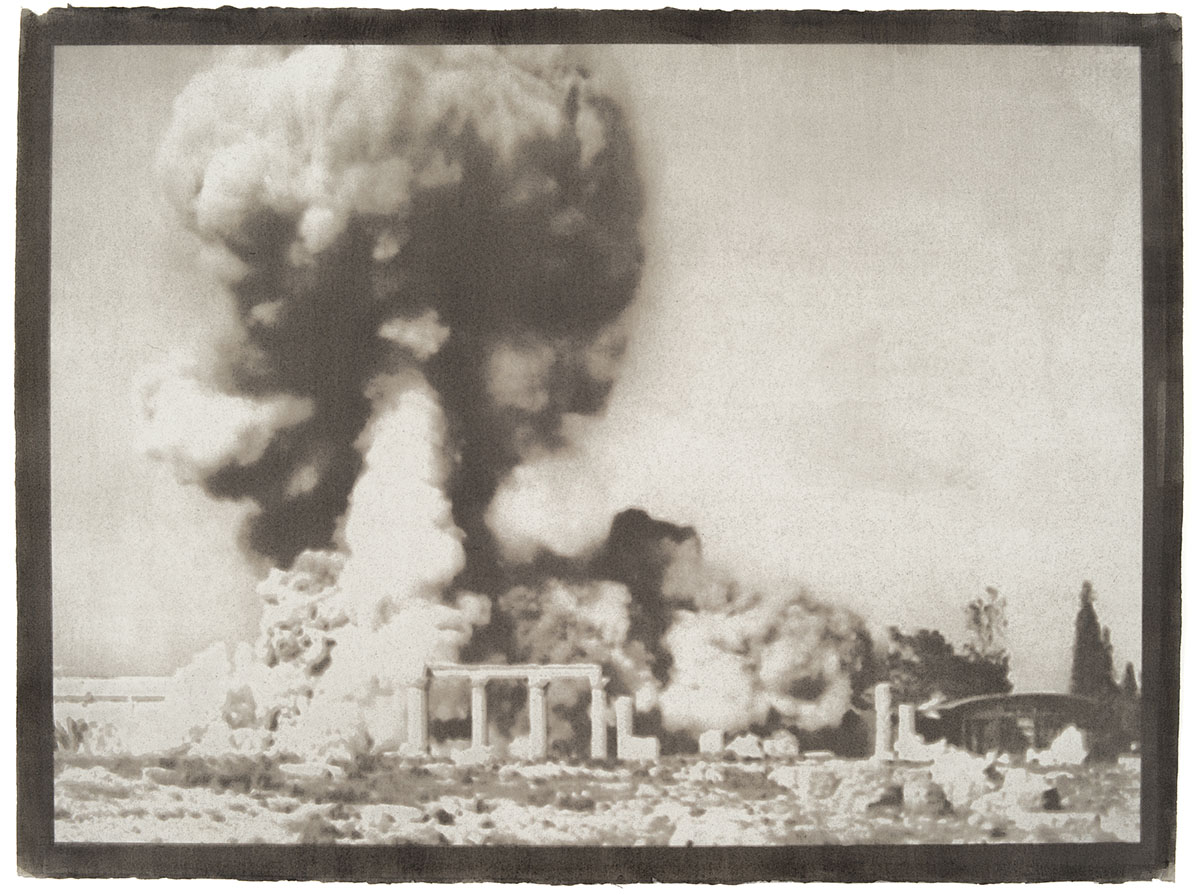
Untitled Video Still (Palmyra #2), 2016
JS: What influenced this project?
JB: I actually have been working with appropriated imagery for a bit. In 2001 I had another body of such work in a solo show at White Columns. It was called Untitled: Epic Film Stills. And those were from movies like Wyatt Earp and Young Guns. I was also going through those films and looking for the single frames of landscape that appeared to be unclaimed, and primarily I was interested in that because I am an immigrant, a refugee, and the space of those films was very macho. It seemed to be very much tied into how I could access that space, both metaphorically and physically, as a woman and an immigrant, and kind of appropriate that history for myself. I was looking for these landscapes that were empty and I was picking up the single frames out of those movies. So I was working both as a censor and an editor within the context of those films. What I found is that these films seemed to fall into several categories, like mountains, plateaus, sunrises, and sunsets. And the images tended to look very similar from one film to the other. So those were then arranged into these kinds of sequences and printed (they were color, kind of very bright colors reflecting colder color). At that time it was still filmed that was being used, so very much a palette of Hollywood cinema. And then they were printed and mounted to curved aluminum so that they look like sculptural forms that float in space, resembling drive-in movie screens. I had a solo show of that work at White Columns in New York City that opened the Friday right before September 11th. So this show had been open for three days when the bombing occurred. The gallery is on 13th street, so the show closed, and I always felt like the work was cursed. The pieces were purchased, but they weren’t really shown again after that. I had put that work aside and started another body of work that involved the interiors of men’s homes and how they create these museums of the self.
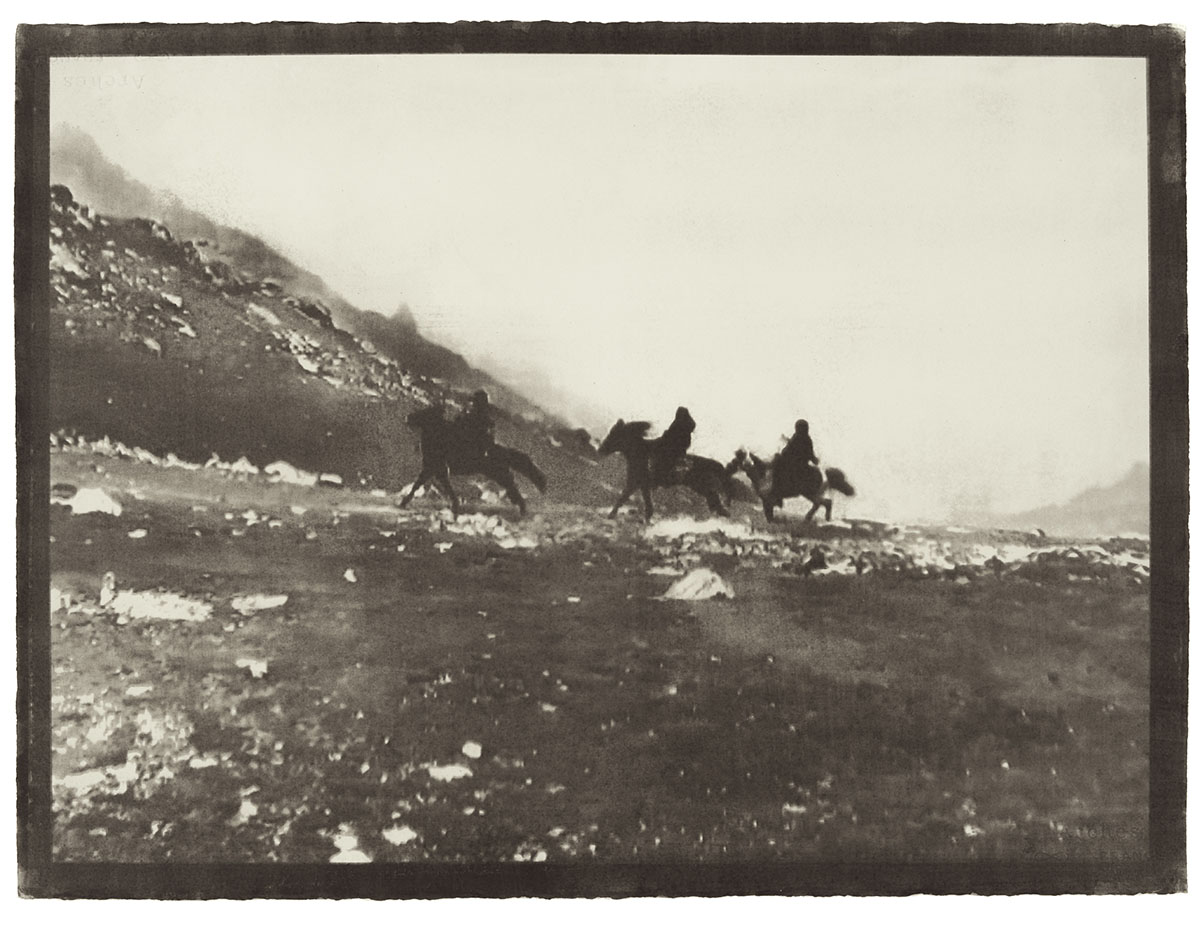
Untitled Video Still (Killing the Apostates in Revenge for the Monotheists, Khurasan), 2016
JS: What are your long-term goals as an artist?
JB: My long-term goals are to continue making work, to push the boundaries of the medium, and to also push the boundaries of what kind of work is considered acceptable for a woman to create. A lot of the work that I do, the response that I get is like, when I was doing my bachelor series, people would ask me if my husband was okay with that, as if I need permission. And with this work, a lot of people ask, “Are you scared?” The idea of a woman working with subject matter that is violent, or to some extent threatening, is not readily out there. I think if a man were doing this work, it would have a very different response because there is this tradition of glorification of war. Most of those tableau-type paintings were done by men and it was, again, geared for a male audience. As a woman, I’m interested that we also live in a world that’s affected by war and violence. So I think it is important to have the female voice in that conversation. And so for me, that’s my goal: to really interject the female voice into what is essentially a global situation that we are also part of and yet oftentimes we are left out of the conversation.
JS: How did your relationship with Light Work start?
JB: I had a residency at Light Work in 2011 and that was the start of the relationship. I spent a month there working on printing the bachelor series and they’ve been tremendously supportive throughout my time as an artist. They’ve printed for me and John Mannion, who’s the printer there, is a huge resource. I just find them to be very open and willing to take on challenging work. I think because they’re a non-commercial space. They don’t have to worry about work that might be challenging or confrontational and yet important in terms of the dialog. I get their publication, Contact Sheet, and I just feel like they are a beacon for really important work that’s happening. They’ve had a lot of foresight in terms of recognizing artists who are doing important work and getting their foot in the door and giving them support at really critical stages in their careers.
JS: How do you think Light Work has helped you bring your art to the world or achieve your goals as an artist?
JB: For me, when I did the residency, it was a huge help to have a month to work on just my own work. I tend to be pretty rigorously focused on work but having the time to just be there, seven days a week, working on things, was really great. I tend to think that I could get more done than I do and so sometimes I’m really frustrated. Because I have all these ideas for work that I can’t produce as quickly as I have the ideas. So having the support of their staff was really crucial. And I did have a lot to do with that body of work, more than I thought before I arrived. And out of that residency, I basically had a traveling solo show and a publication and an artist’s book. So, they were hugely important. I think had I not had that residency, it probably would’ve taken me a year, maybe even a year and a half, to finish all the work that I did in a month there. And then in this case, I feel like we’re in a precarious time right now due to this discussion of ISIS and the global network of terrorism and what it means, and also of men, and how the social changes are taking place now in terms of where men fit into society, and what drives joining these groups and getting immersed in this dark culture on the web and becoming consumed in it. I think it is an important discussion to have. Because there are clearly changes happening in the social fabric on the global scale and these terrorist groups are symptoms of that. I feel like much of the discussion revolves around government propaganda or trying to calm the masses, yet it’s not really addressing what’s driving people to join these kinds of groups. So I think that Light Work, rather than pushing work that’s decorative or easy, has taken a huge step. And again, the catalog is a huge thing for me, to have the work together in book form along with this larger body of work. Because the images are not singular. They’re meant to be seen as more than one or two images. So the opportunity to have a sequence of images together, which is how I tend to work, is really important to understanding the work overall. And it’s really important, what they’re doing for me as an artist now that the work has come together as a body.
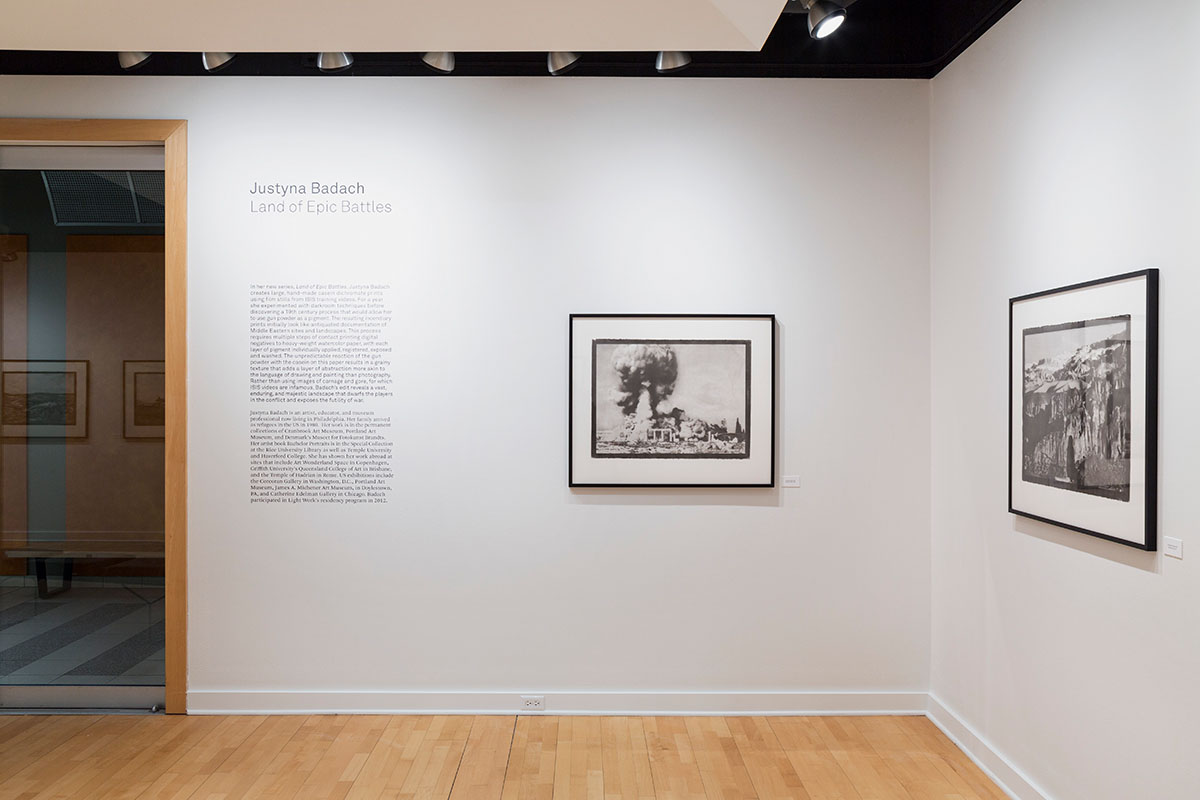
“Land of epic Battles” exhibition, Kathleen O. Ellis Gallery, Light Work, Syracuse
Photograph: Julie Herman
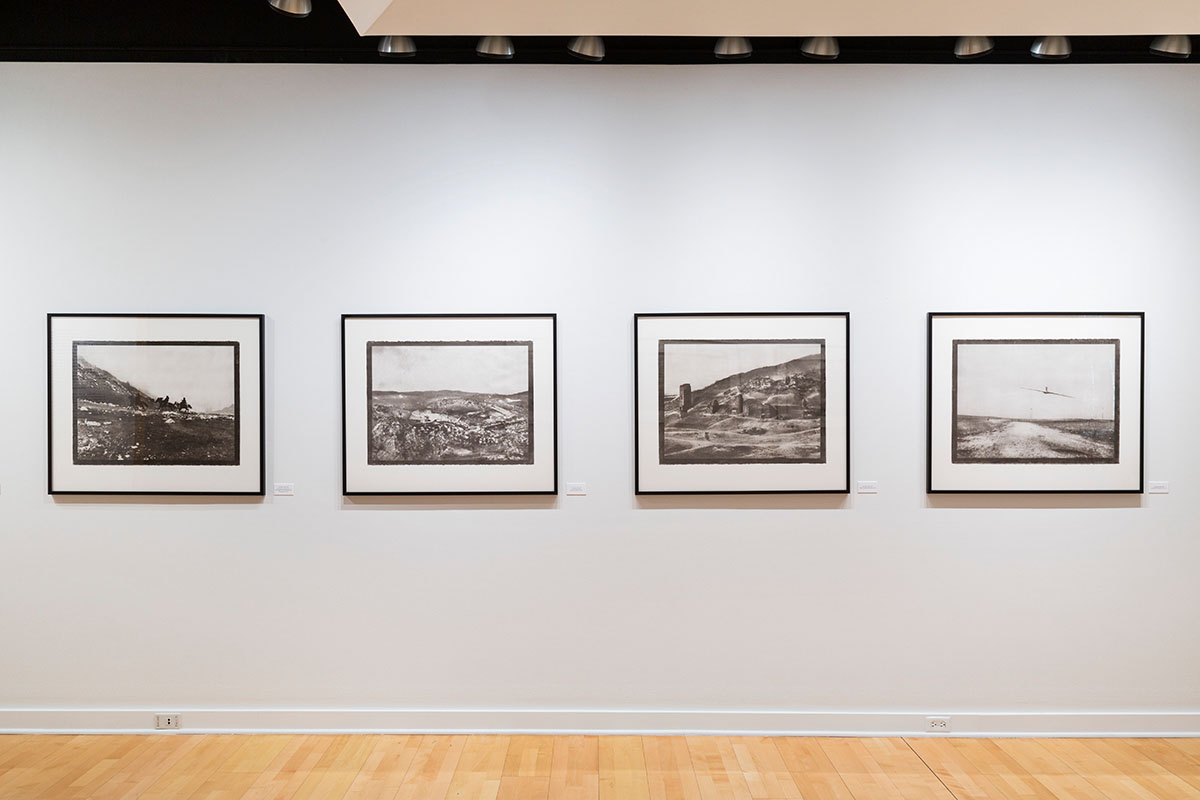
“Land of Epic Battles” exhibition, Kathleen O. Ellis Gallery, Light Work, Syracuse
Photograph: Julie Herman
JS: Let’s talk about gender. You previously mentioned how your work is influenced by you being a woman. How do you think being a woman makes you view these things differently?
JB: There’s a philosopher, Alain de Botton, and in The School of Life, he talks about changes in current society in terms of rituals that propel people from being children into adults. So, he says that, traditionally, mandatory military service in Eastern Europe served as a kind of ritual as you went from being a child to being an adult and marked a certain stage. Once you passed through this stage there was a level of respect and belonging, but now many of these societal spaces have been dislodged. That military service no longer exists for men. For women, he also talks about how marriage and childbearing are no longer important. But he says that women have adapted better to the breakdown in these social norms and in many ways they have benefited women. But men somehow have kind of become boys who are lost. So, they’re looking for a sense of belonging. Botton says there are actually two places that men could go: either to this global consumerist, competitive market that’s essentially about making money and accumulating wealth, but with no point. You’re just accumulating and competing for the sake of competing, but there is no meaning attached to it. Or you drop out. And he talks about the many boys who drop out and what they’re drawn to. The body becomes this point of sacrifice. It’s something that’s basically used up. And so, in that respect, as a terrorist somebody can easily say “okay” to blowing oneself up, since the body is this useless thing to be sacrificed, it has no meaning. That could be something attractive for somebody in that frame of mind. As a woman, I think often times I’m somebody looking from the outside in at a violent culture and trying to understand that. And I think in many ways, as I said before, women are fundamentally affected by male culture because we’re still living in a male culture. And so, the decisions that men make about wars, about conflict, women suffer the consequences of that and yet have very little voice. And I think there’s a cultural glorification of conflict and consumerization of conflict. Even reality TV is all about driving conflict, right? As a way of selling to audiences. I’m trying to understand all that, and as a woman, I feel like it’s just such a dangerous territory to be slipping into culturally and socially.

Untitled Video Still (Ahmed al-Rifi Shrine Ta Afar), 2016
JS: Why did you choose to bring your art to Syracuse?
JB: I think amazing art happens in many places. If I were interested in a commercial gallery, Syracuse probably is not the place because there just isn’t the collector base. But you guys here at Syracuse University have an amazing art history program. You guys have an amazing school of journalism, there’s also an amazing art program. You guys are actually in a place where there is a lot happening. This kind of belief that art only happens in big cities, I think is foolish. I don’t think that big cities are necessarily the best places to make art. And I don’t think that the audiences for art are necessarily the best in big cities because you’re essentially competing with so many different things. Sometimes work that’s more difficult and requires a little bit more time of the viewer is just going to get glossed over in a big city because there are flashier, easier things to see. So, I think Syracuse actually is a really great place with a lot happening. There’s a huge intellectual community, and it’s very highly respected, and a network of people who are doing really great things. So I’m really excited to be here.
JS: What is your opinion on the NEA/NEH/CPB cuts and how do you think they affect people’s attitudes towards the arts?
JB: I actually am a museum professional. I work at the Philadelphia Museum of Art. So, the Trump budget on the arts affects me on so many levels as an artist, but also as somebody who is entrusted with caring for the cultural heritage of this country and keeping it safe and visible for future generations. The NEA has been an easy target for ultra-conservative politicians and groups since the 1980s. It’s very sad because, I think on many levels, how a society treats its art programs and cultural programs speak volumes about who they are and what that society values. If you look at countries that have corrupt governments, or governments that are weak and falling apart, they also tend to lack art, funding. And in many ways, the arts are intricately tied to innovation and to intellectual development in this country. People come specifically to the United States because of the arts. People go to museums, they want to go to the MET, they want to go see Lincoln Center. And so the cuts are a huge step backward. But I also think the arts are an easy target because it is easy to say, “Well, the arts don’t serve a purpose.”

Untitled Video Still (Killing the Apostates in Revenge for the Monotheists, Khurasan), 2016
JS: My last question is, how do we get people to care about the arts?
JB: I think dialog is important. There will always be people who are not going to care. Art is a little bit like a gift, and the person needs to be ready to receive it. You might be giving them the gift today, but they might not be ready to receive it until ten years from now. But that doesn’t mean that you shouldn’t give it to them. Because in ten years they might have this awakening and say, “Wow, I remember when I saw that and that’s what that meant.” So I think it’s important to engage people in the dialog. And it’s important to have art that not necessarily just about them.
I know there’s a push for creating work that people see themselves in and, yes, that is important. But it’s also important that people see others in the work because they need to step outside of their own mind and be able to step into the mental space of somebody else. It’s just as important that they inhabit a world that’s completely unfamiliar, foreign, that they didn’t realize existed. That’s how you expand yourself and your psyche.
–
Justyna Badach’s family arrived as refugees in the United States in 1980. She currently resides in Philadelphia, where she is an artist, educator, and museum professional. Her work has been exhibited extensively in the United States and abroad and is in the permanent collections of Cranbrook Art Museum, Portland Art Museum, Museet for Fotokunst Brandts, Odense, Denmark. Her artist book is in the Special Collection at the Rice University Library, Houston, TX, Temple University, Philadelphia, PA and Haverford College. Her work has been exhibited internationally, including; Queensland College of Art Griffith University in Brisbane, Art Wonderland Space in Copenhagen and the Temple of Hadrian in Rome to most notably in the US at the Corcoran Gallery, D.C., Portland Art Museum, James A. Michener Art Museum, Doylestown, PA, and Catherine Edelman Gallery, Chicago among others. Badach participated in the residency program at Light Work in 2012.
